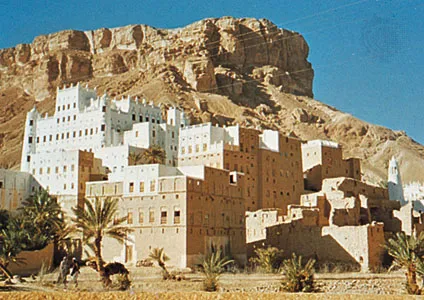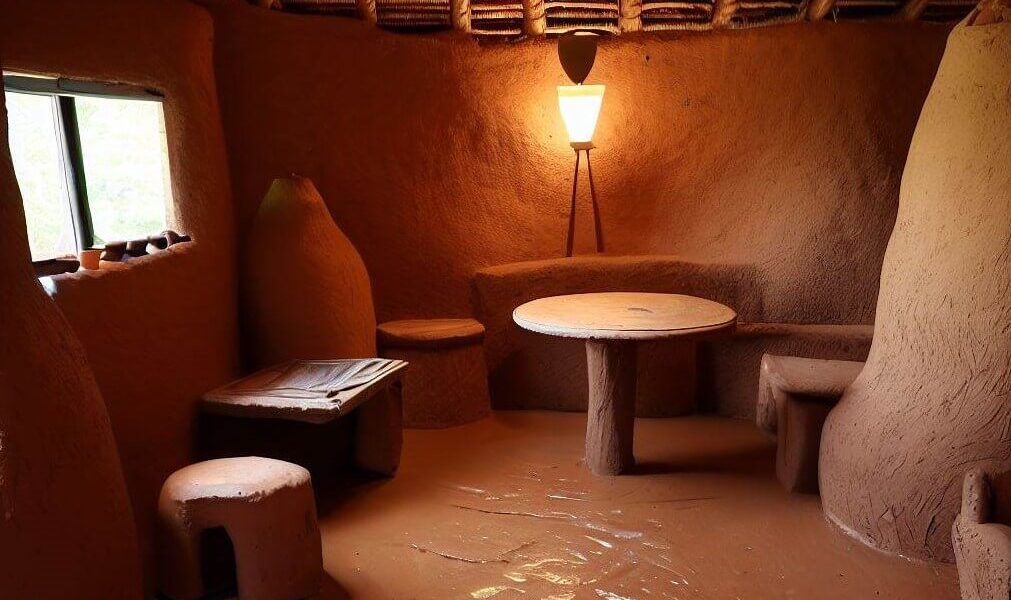Introducing mud floors, where tradition meets innovation and sustainability takes center stage! In this, we will search for the surprising advantages of choosing mud floors for your home. Yes, you heard it right – mud floors. While many may associate them with a bygone era or rustic living, these humble earthen surfaces have returned to modern interior design. So, let’s roll up our sleeves and discover why opting for mud floors can be an eco-friendly, cost-effective, and aesthetically pleasing choice for your abode. Get ready to embrace the earth beneath your feet like never before!
History and Cultural Significance of Mud Floors
Mud floors have a rich history and cultural significance spanning various civilizations worldwide. From ancient times to modern-day, mud floors have played a vital role in shaping communities and reflecting their values. In many indigenous cultures, mud floors were not merely a practical choice but also had deep symbolic meanings. They represented a connection to the earth and the natural elements, emphasizing harmony with nature. Creating these floors was often seen as a communal activity, bringing people together and fostering a sense of unity within the community.
Benefits of Mud Floors: Environmentally Friendly and Cost-Effective
The first thing that comes to mind when choosing flooring options for your home is not mud floors. They offer surprising advantages that make them worth considering. One of the most significant benefits of mud floors is their environmentally friendly nature. Unlike other flooring materials like wood or tiles, mud is a natural and sustainable resource. Mud floors are made from locally available soil mixed with water and sometimes other natural additives like straw or sand. This means there is no need for extensive mining or manufacturing processes, reducing the carbon footprint associated with traditional flooring options. Another advantage of opting for mud floors is their ability to regulate temperature effectively. Mud has excellent thermal mass properties, which means it can absorb heat during the day and release it slowly at night, keeping your home cool in summer and warm in winter.
Aesthetic Appeal of Mud Floors: Warmth and Unique Design
Mud floors may not be the first flooring option that comes to mind when considering the aesthetic appeal of your home, but you might be surprised by their warmth and unique design. One of the standout features of mud floors is their ability to create a cozy and inviting atmosphere in any space. The natural, earthy tones and textures of mud floors bring a sense of warmth into your home. They range from light sandy hues to rich terracotta colors, adding depth and character to your living spaces. The warm tones complement various interior styles, whether rustic farmhouse or bohemian chic.
Durability and Maintenance of Mud Floors
Regarding durability, mud floors have been used for centuries in various cultures worldwide. They were initially chosen because they could withstand heavy foot traffic and were resistant to wear and tear. The natural composition of mud, combined with reinforcement techniques like straw or grass, creates a solid surface that can handle everyday use. It’s important to note that regular maintenance is required to ensure the longevity of mud floors. This includes periodic reapplication of a protective coating such as linseed oil or wax to prevent water damage and cracking. Any stains or spills should be cleaned using gentle cleaning methods like damp mopping with mild soap. Proper care ensures that a well-maintained mud floor can last many years without needing major repairs. If minor damages occur over time, they are relatively easy to fix by simply patching the affected area with a fresh clay mixture.
How to install and do it yourself
You can opt for professional installation or the DIY route to install mud floors in your home. If you decide to take on the project yourself, here are some basic steps to follow:
1. Prepare the surface: Ensure the subfloor is clean, dry, and level. Remove any existing flooring material or debris.
2. Mix the mud: Combine clay-rich soil with water in a large container until it reaches a dough-like consistency. Add small amounts of sand if needed to improve stability.
3. Apply the base layer: Using a trowel or your hands, spread a thin layer of the mud mixture onto the prepared subfloor evenly. Smooth out any bumps or imperfections using a wooden float.
4. Create texture and design: While the base layer is still wet, use tools like sticks or combs to create patterns or textures on the surface according to your desired design.
5. Allow drying time: Depending on climate conditions and the thickness of layers applied, allow sufficient time for each layer to dry completely before proceeding with additional coats.
6. Apply subsequent layers: Repeat steps 3-5 until you achieve your desired thickness and texture for your mud floor.
7. Curing process: Once all layers have dried thoroughly (which may take several weeks), apply linseed oil mixed with turpentine as a protective sealant over the entire floor surface.




